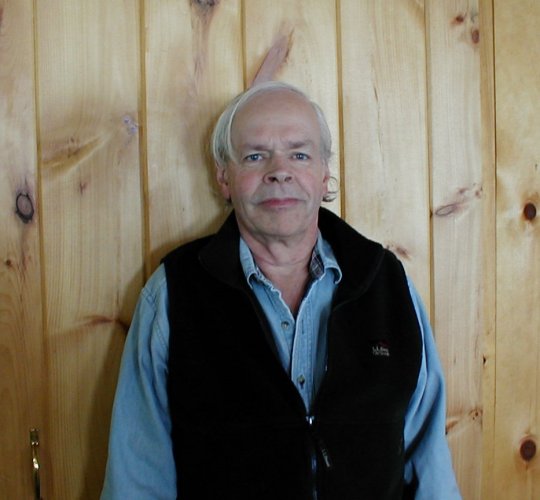
In the picture on the right, the church itself is on the right side. On the left was nothing short of a stroke of genius: something called "Memorial Hall".
Back in the 1890s or thereabouts, a local family decided to memorialize a family member by building what we today might call an "all-purpose building" for their church. This turned out to be Memorial Hall. In the basement it had five Sunday School rooms (kinda depressing for adults, but kids liked them fine). On the first floor it had a requirement of the day, a "ladies parlor", a church office, a kitchen -- and a very small BASKETBALL COURT. Really, it was not much bigger than a standard volleyball court. On the second floor it had three larger Sunday School rooms, a balcony around the basketball court (with shuffleboard layouts painted in the open space and a ping pong table or two).
That's it. No olympic swimming pool, no hockey rink, no playground.
None of the other churches in the town had anything remotely like it.
And the Methodists ate their lunch (and I do not mean at church suppers).
There was once an Episcopal Church in the town. Being fairly astute, their Vestry realized that they could not compete with their offspring denomination and closed their church, joining with another Episcopal church in nearby Monticello. The Lutherans were, for the most part, German-speaking, and, although they had occasional bursts of revival, were really just old people. The Baptists were not of much consequence. I didn't know any kids growing up who were Baptist, and that says a lot. The Presbyterians were decent competition -- but only because the denomination send a string of really high-powered young ministers to that congregation who did a heroic job retaining kids (many of whom showed up at Methodist Youth Fellowship on Sunday nights on a regular basis).
Really, the Roman Catholics were the only gentile competition the Methodists had, particularly for the young people of the community. St. Peter's, however, had two priests -- the younger of whom was invariably a really good athlete and liked kids. They had their own parochial school for grades K - 8.
Ecumenism was not an important concept in the 1950s -- yet a few Roman Catholic kids actually attended Methodist Youth Fellowship, and the CYO (Catholic Youth Organization) regularly invited the MYF (Methodist Youth Fellowship) to go along when they chartered a bus to go roller skating or to Palisades Park or for some other suitable amusement not available in the small town of Liberty.
I can think of one -- and only one -- reason why the Methodist Church in Liberty thrived while the other churches struggled: Memorial Hall, with its grotty little basketball court.




No comments:
Post a Comment